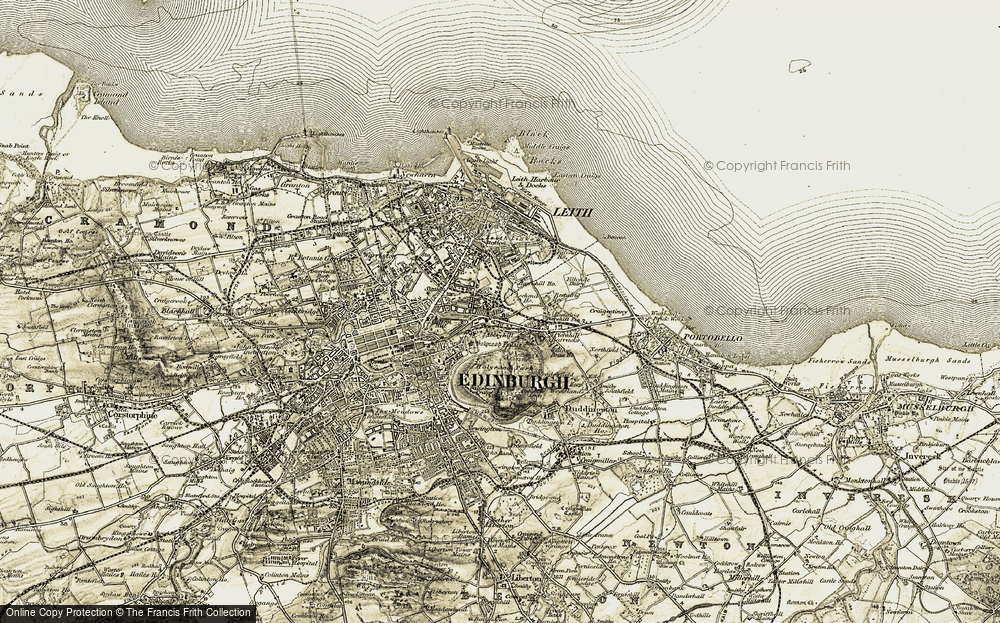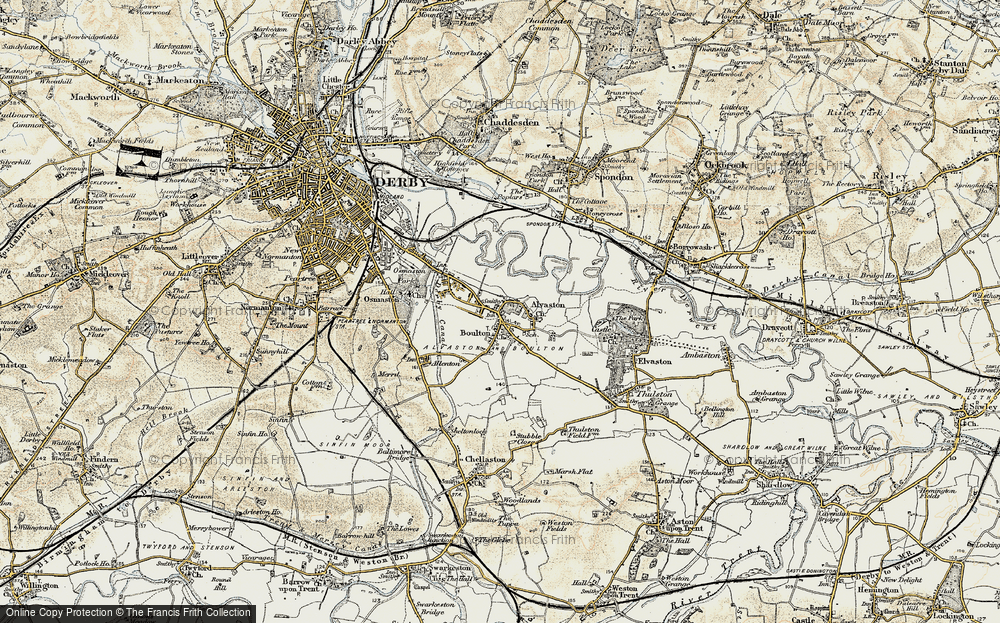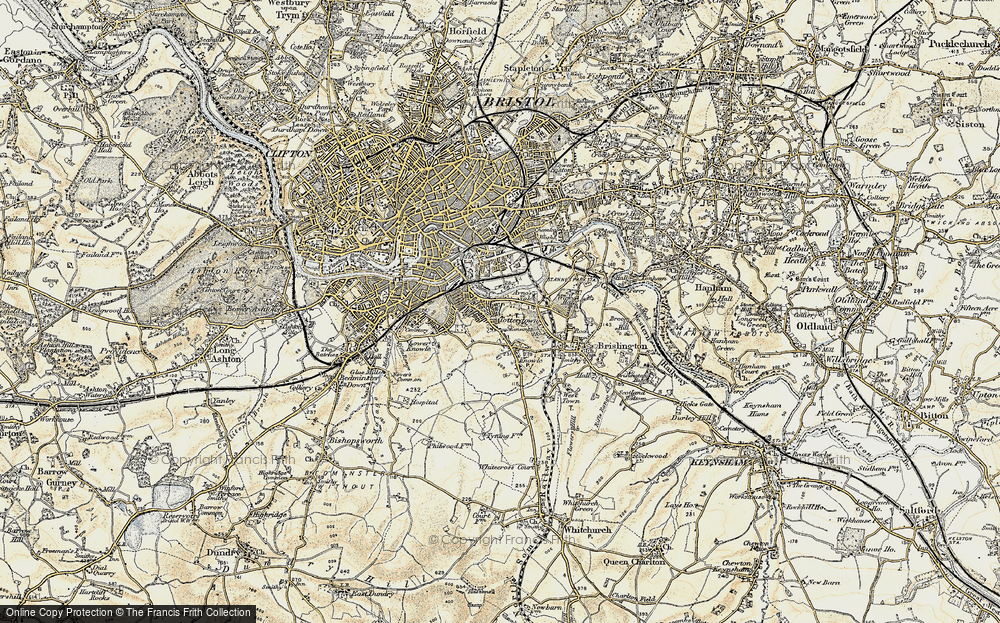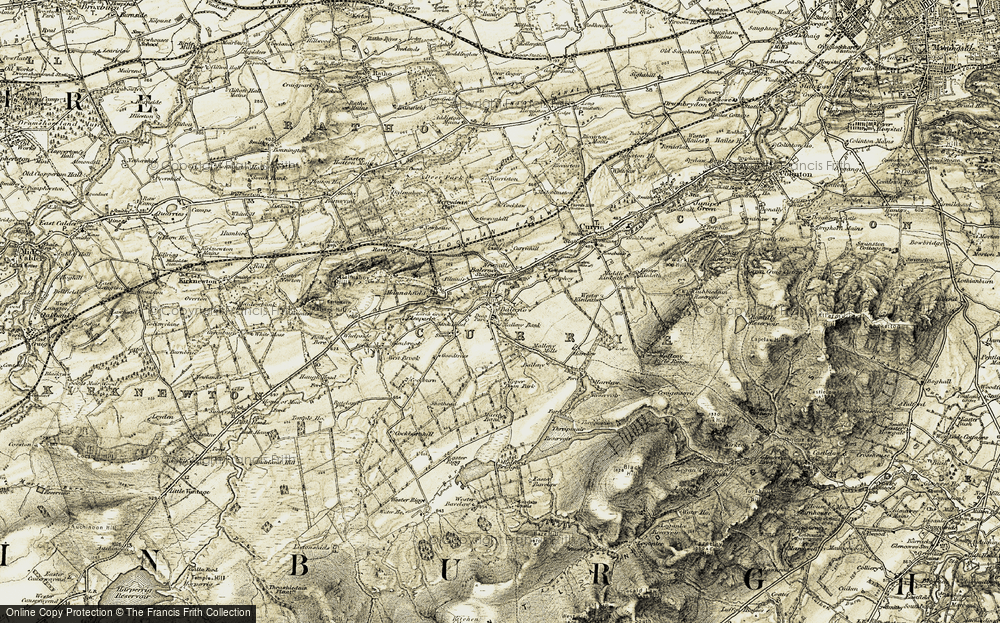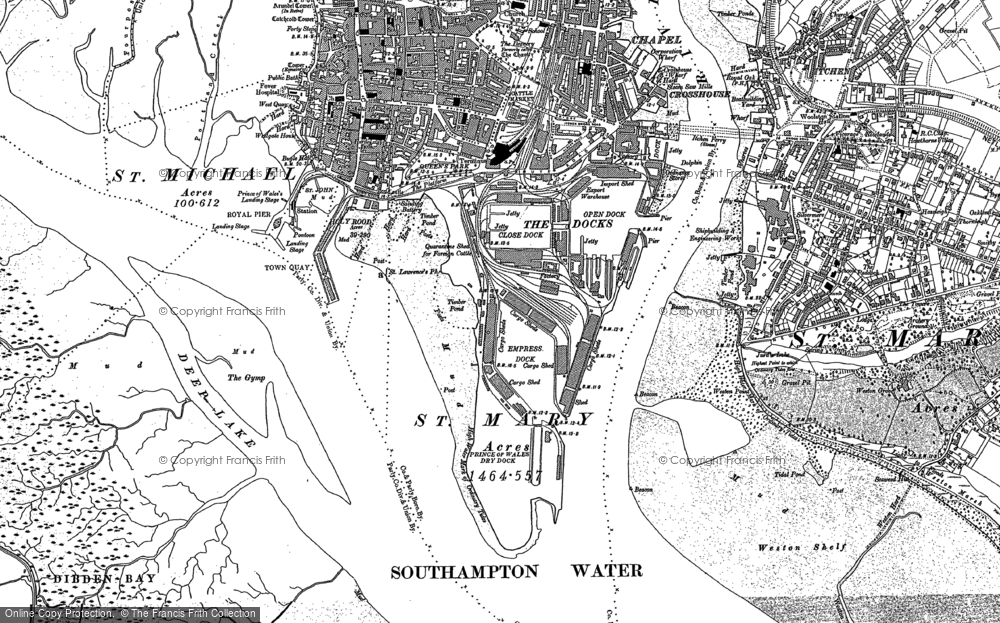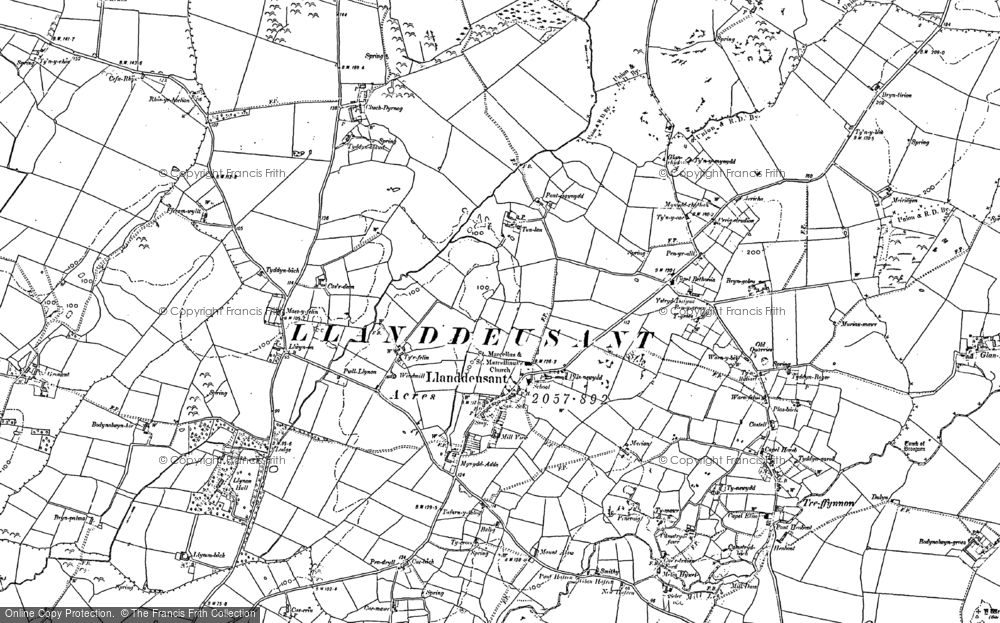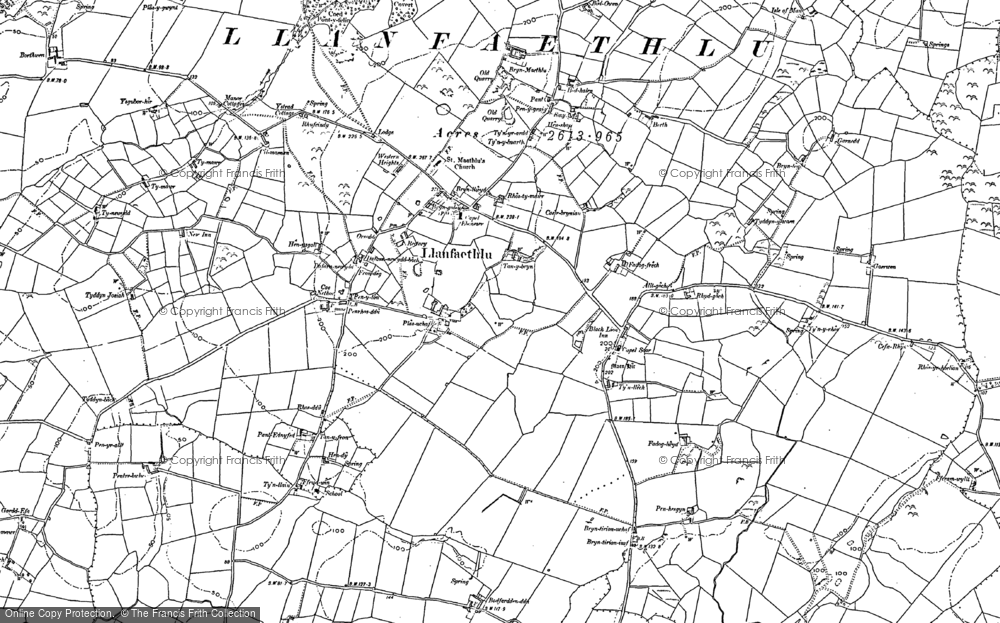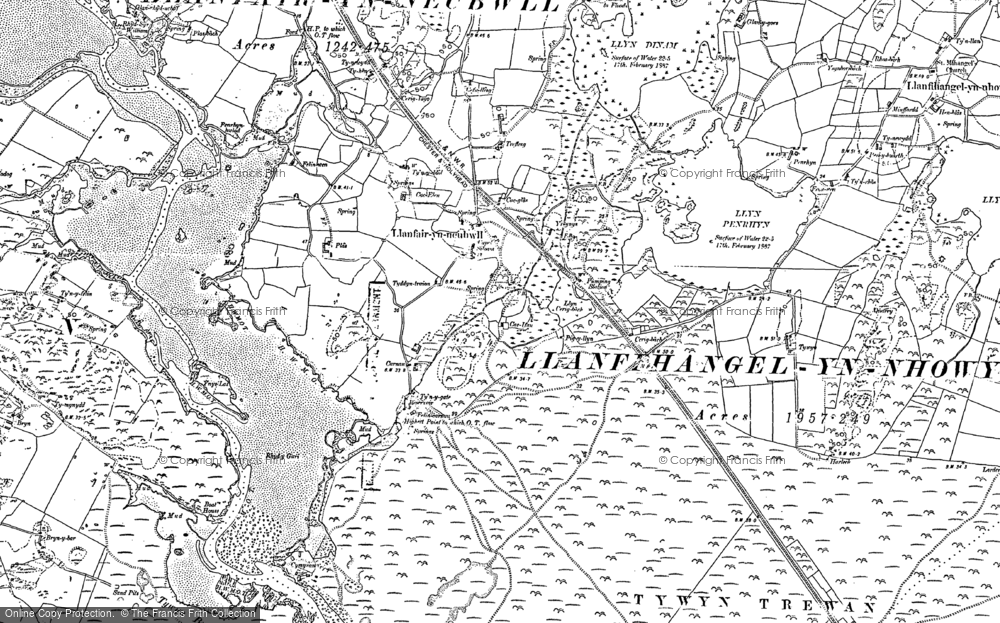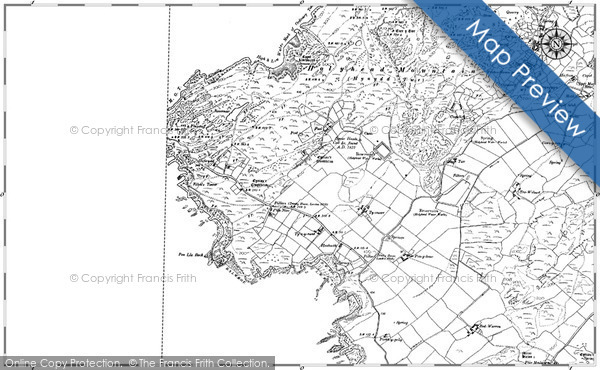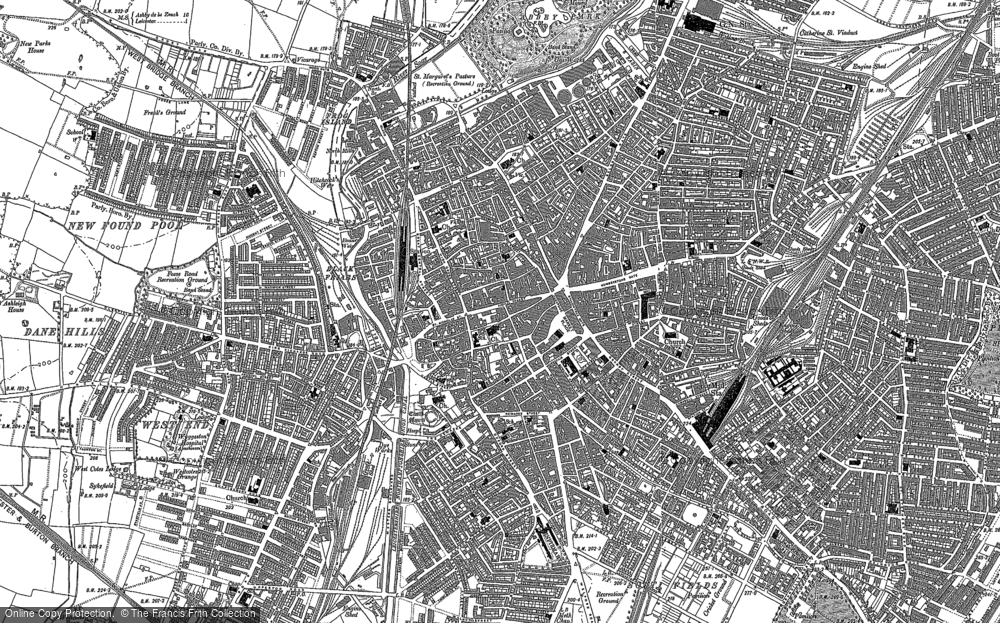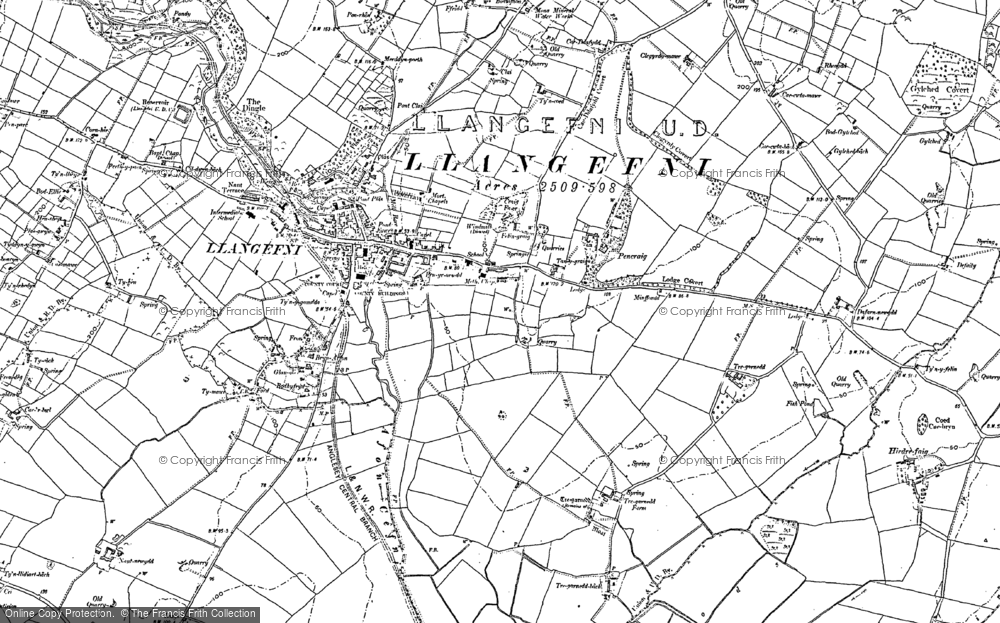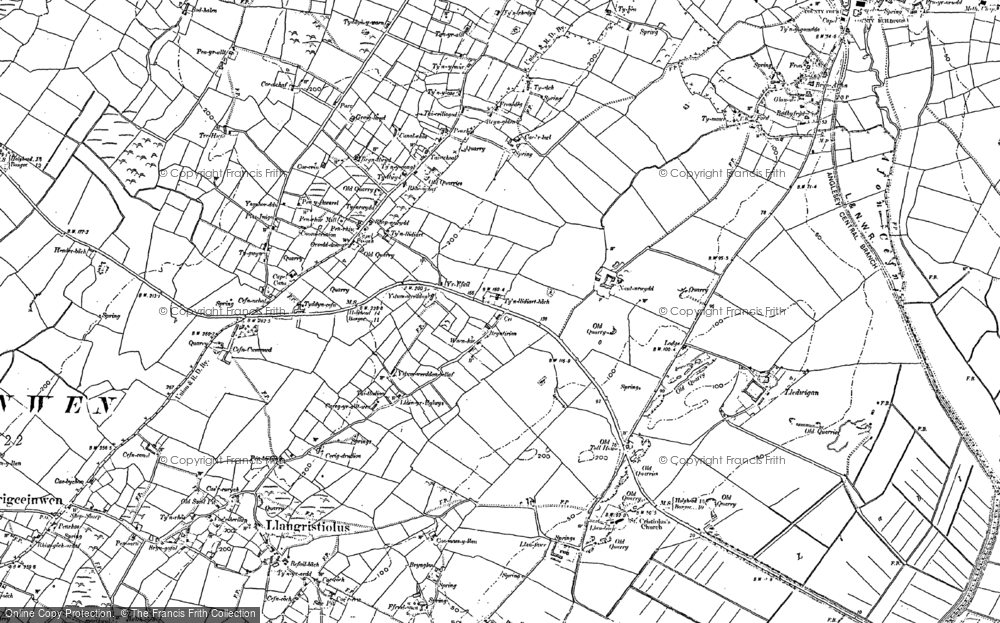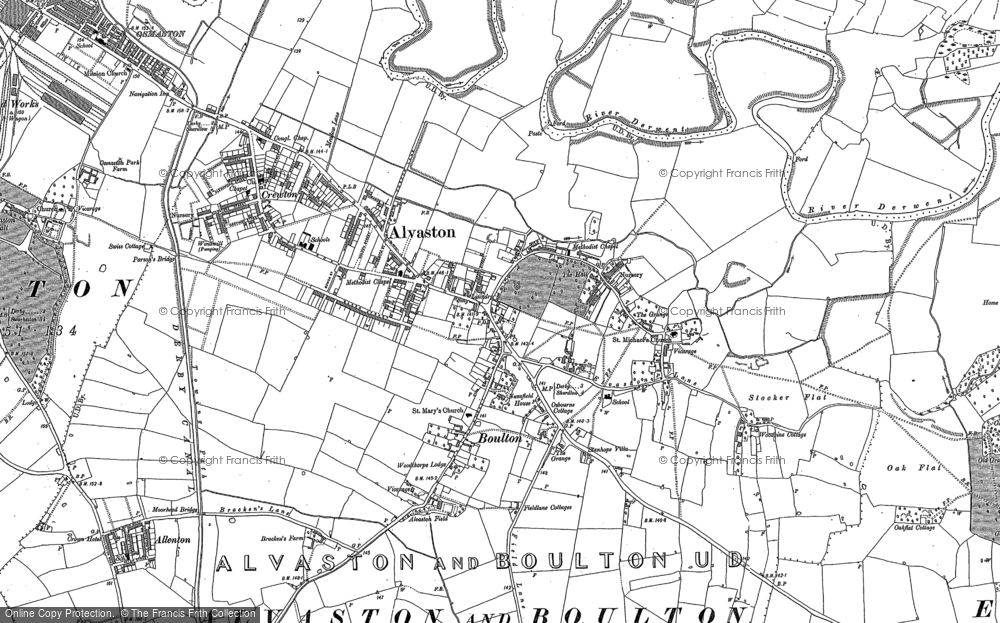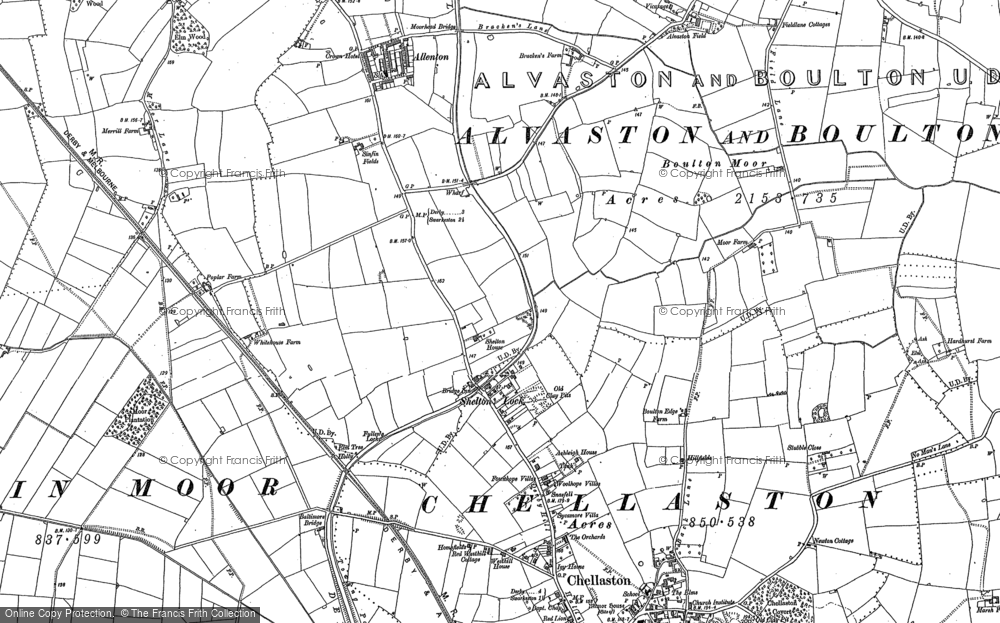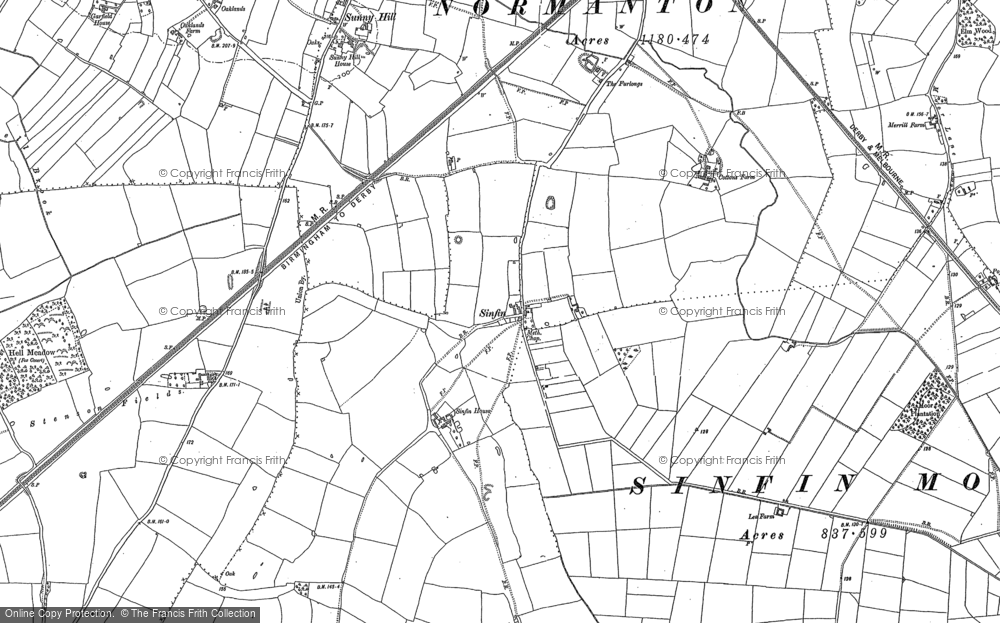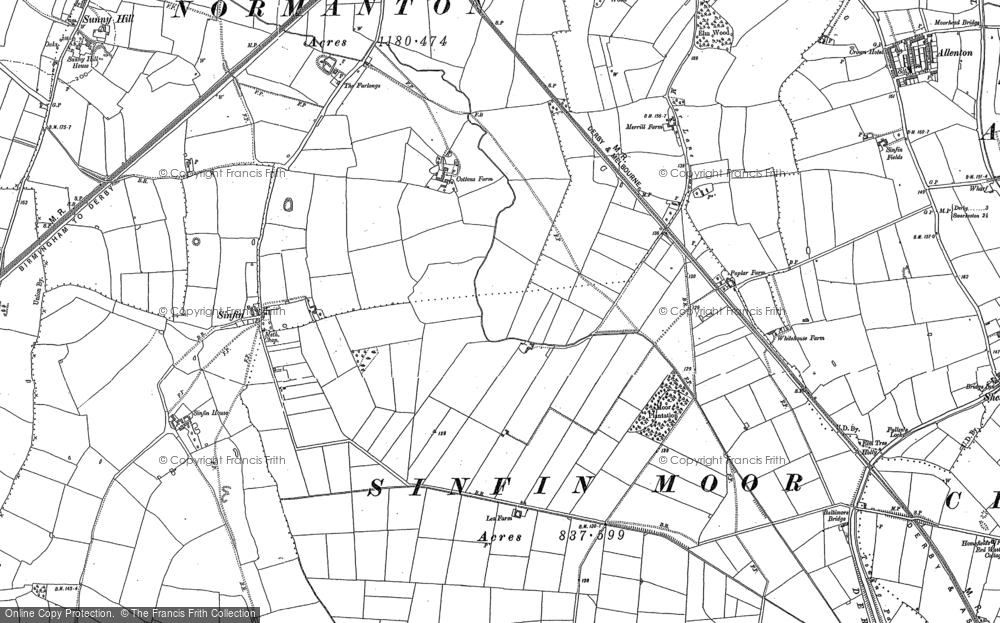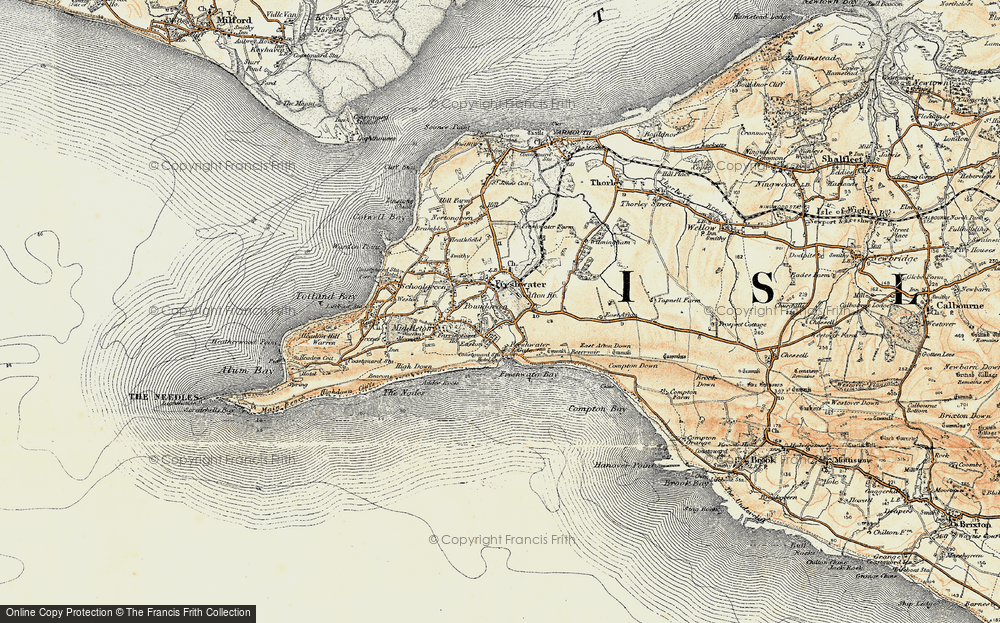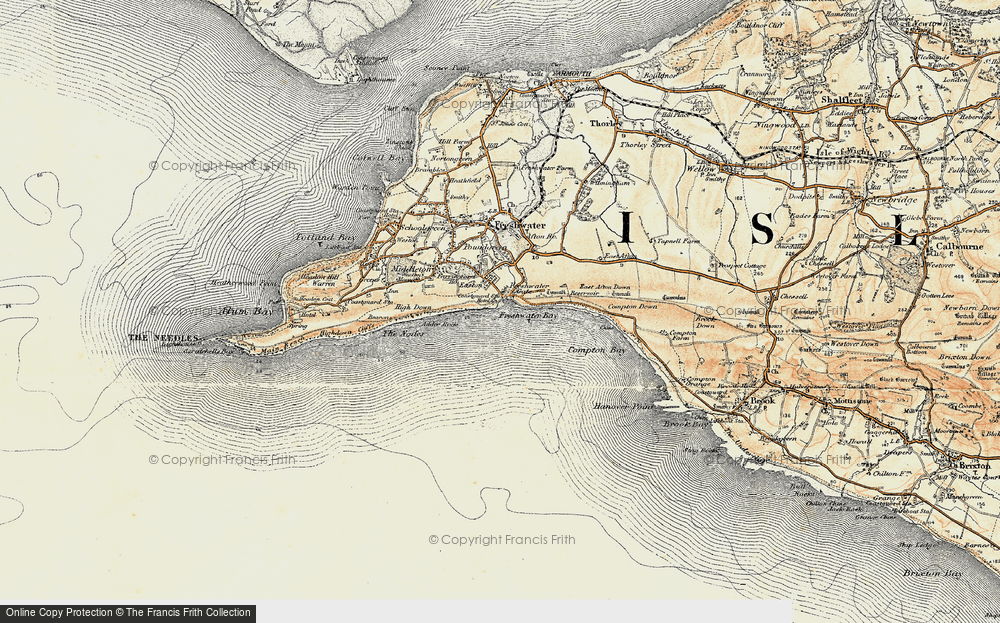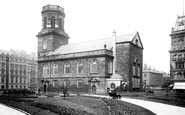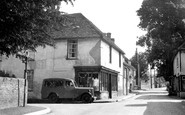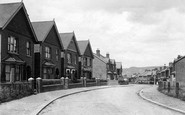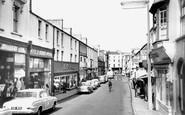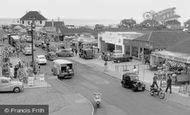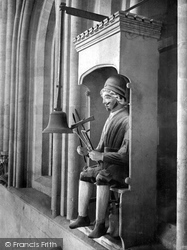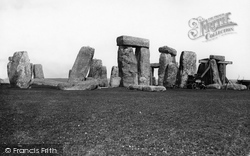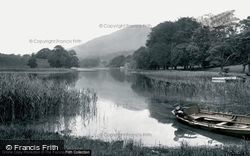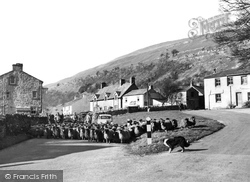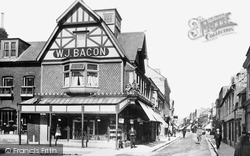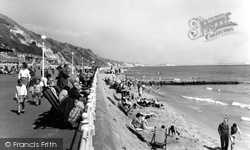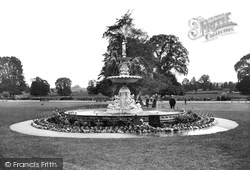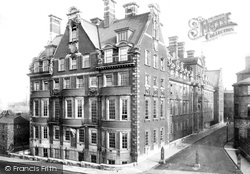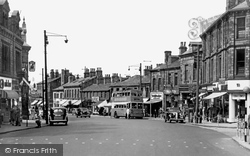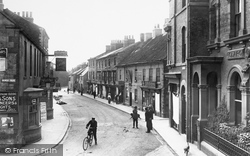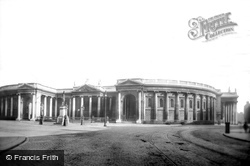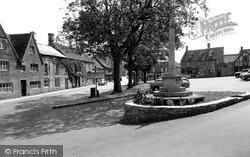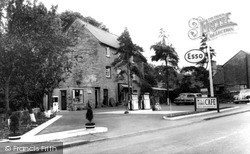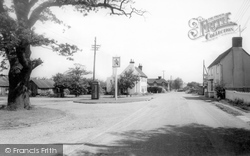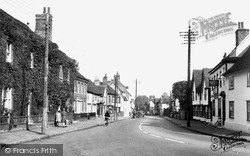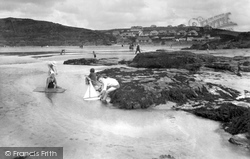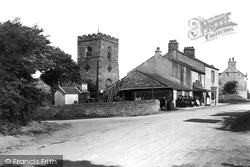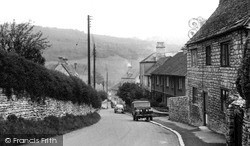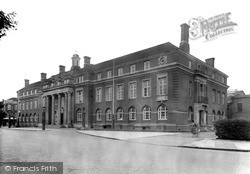Places
36 places found.
Those places high-lighted have photos. All locations may have maps, books and memories.
- Shanklin, Isle of Wight
- Ventnor, Isle of Wight
- Ryde, Isle of Wight
- Cowes, Isle of Wight
- Sandown, Isle of Wight
- Port of Ness, Western Isles
- London, Greater London
- Cambridge, Cambridgeshire
- Dublin, Republic of Ireland
- Killarney, Republic of Ireland
- Douglas, Isle of Man
- Plymouth, Devon
- Newport, Isle of Wight
- Southwold, Suffolk
- Bristol, Avon
- Lowestoft, Suffolk
- Cromer, Norfolk
- Edinburgh, Lothian
- Maldon, Essex
- Clacton-On-Sea, Essex
- Norwich, Norfolk
- Felixstowe, Suffolk
- Hitchin, Hertfordshire
- Stevenage, Hertfordshire
- Colchester, Essex
- Nottingham, Nottinghamshire
- Bedford, Bedfordshire
- Bury St Edmunds, Suffolk
- Aldeburgh, Suffolk
- St Albans, Hertfordshire
- Hunstanton, Norfolk
- Chelmsford, Essex
- Bishop's Stortford, Hertfordshire
- Peterborough, Cambridgeshire
- Brentwood, Essex
- Glengarriff, Republic of Ireland
Photos
9,106 photos found. Showing results 12,561 to 9,106.
Maps
181,006 maps found.
Books
11 books found. Showing results 15,073 to 11.
Memories
29,054 memories found. Showing results 6,281 to 6,290.
Scottie Road
I lived in Chapel Gardens next to St Anthony's church, there were only 3 houses in our street, the Greggs, Mcartheys and us Hawkins. I went to St Anthony's School and left in 1957 when we moved to Kirkby. I worked in Scotts Bakery ...Read more
A memory of Liverpool in 1957 by
Parsonage Farm, Bredgar
I lived next door to John Veitch in Pond Farm Road, Borden. Sadly John passed away many years ago... John and his brother Sid owned Parsonage Farm. I spend as many hours as I could on the farm and can still smell the smell ...Read more
A memory of Bredgar in 1955 by
Reigate, Doods Road 1939 50
My Granny and Grandad Weller, in their cramped semi, took me, my mum and dad, my brother and sister plus 2 billeted soldiers under their loving wing in 1940 and I can honestly say that was the most happy household you ...Read more
A memory of Reigate in 1940 by
Upper Bourne End
My brothers and I returned to Bourne End at the end of the war. We had been evacuated to Nottingham. We lived in a small house called "The Nest". It was the last house on the road. Lunnon's Farm backed on to all the houses ...Read more
A memory of Bourne End in 1945 by
Memories Of Caroline Street
I started work in Masters Men's Outfitters in 1967 straight from school. It was situated at 17-19 Caroline Street. I worked there till October 1969. Next door was Olivers the shoe shop and also in the same row was Stokes Men's Outfitters. This area of Bridgend brings back many happy memories.
A memory of Bridgend in 1967 by
Some Historical Facts Of The Plumbs In Barroby
The newspaper published at Grantham in England, the original home of the ancestors of the well known Plumb and Parker families of Mills, Pottawattamie, Cass and Shelby Counties, recently carried a ...Read more
A memory of Barrowby by
Heather And Gorse Clog Morris Entertain At The Teign House Inn Christow
It was the weekend of the Royal Wedding and on Sunday, the day before the May Bank Holiday, everyone was in a party mood. We took a party of dancers and musicians to the ...Read more
A memory of Christow in 2011 by
Growing Up In Dunks Green
My dad Henry Burton became Post Master at Dunks Green in the early 1950s. I had a wonderful childhood there. It was so quiet in the evenings that we played skipping with a long rope that was tied to the bus stop and ...Read more
A memory of Dunk's Green in 1953 by
At School In Hayling
I went to Suntrap School from 1957 to 1965. I have lots of happy memories of Hayling Island. I recently went back for a holiday with my brother - it was like stepping back in time! The seafront had hardly changed, the same shops and cafes were, it was a great time.
A memory of Hayling Island in 1957 by
Your search returned a large number of results. Please try to refine your search further.
Captions
29,158 captions found. Showing results 15,073 to 15,096.
In the stonework to the right of the clock sits a medieval mechanical wooden puppet called Jack Blandiver; he was repainted in the early 17th century.
This monument is an epic feat of prehistoric technology, bearing in mind the way the stones are put together and that the stones were brought from miles away.
A small boy in a rowing boat gazes at his reflection in the waters of Windermere in this summer photograph.
In this charming photograph, a collie sheepdog marshals a flock of white-nosed Swaledale sheep past the village green at Buckden.
The prosperous town, built where the sea meets the wild heathlands of Dorset, is one of the largest on England's south coast.
This picture of the Square shows the Crown Hotel, an old coaching house, forced to offer every attraction from livery to billiards, as the road network suffered during the dominant days of the railway
Southbourne stands above the seven miles of golden beaches that attract the tourist again and again to this part of the coast; a cliff railway facilitates access to the sands.
This impressive fountain, built in 1907, commemorates the life and reign of Queen Victoria.
This is the headquarters of British Rail Eastern Region, situated in Station Road. When this photograph was taken, the building had just been completed.
Here we see the beginnings of the age of affluence, with black cars starting to compete with public transport, just as the trolley bus had replaced the earlier trams.
The Angel Hotel was one of three hotels that catered for motorists, the others being the George and Dragon, and the Brunswick.
This magnificent building, unobscured by traffic or pedestrians in this photograph, was originally built by Edward Lovett Pearce in 1739 as the Irish Parliament.
The interior of St Peter's has piers and dressings of polyphant stone and a marble pulpit with alabaster steps.
This fine view shows the River Taw meandering down to the Long Bridge (just left of centre), and behind the bridge the dark wooded mound of the castle, built in the 10th century.
Today the scene is more reminiscent of this peaceful scene from the past. Most of the buildings in the town centre date from Tudor and Jacobean days.
The name of this café, and the two grinding stones from the mill that lean by the doorway, explain the changing nature of the countryside in these decades.
Not far from Pocklington is Wilberfoss, once a home to the ancestors of the slave emancipator, William Wilberforce.
The DuCane family, merchants of Huguenot descent, bought a large estate near the village in 1751. Their house, built in 1670, underwent extensive alterations in 1752-56.
Apart from an increase of traffic and the removal of the creeper growing over Knights Templars Terrace on the left, this scene has changed little.
Unusual things have been found on the beach at Polzeath: in 1796 a 65-foot whale was washed up and the carcase used for manure, while in January 1866 280 casks of rum from the wreck of the 'Juliet' landed
Set up by the photographer, the group outside the Inn display a range of 19th-century garb: long skirts, long white aprons, and bowler, boater and trilby hats. Was that their Sunday best?
Beyond the terraced streets of the village is Woodchester Mansion, set in a remote valley and keeping its secrets within an unfinished masterpiece of Victorian architecture; mysteries and
Hall of 1818, but were themselves replaced in 1934 by this neo-Georgian pile on Coton Road.
Just sitting and looking about or wandering around splashing in the natural pool are the main activities for these holidaymakers. The tide is well out, revealing the great expanse of Hayle Sands.
Places (6814)
Photos (9106)
Memories (29054)
Books (11)
Maps (181006)



